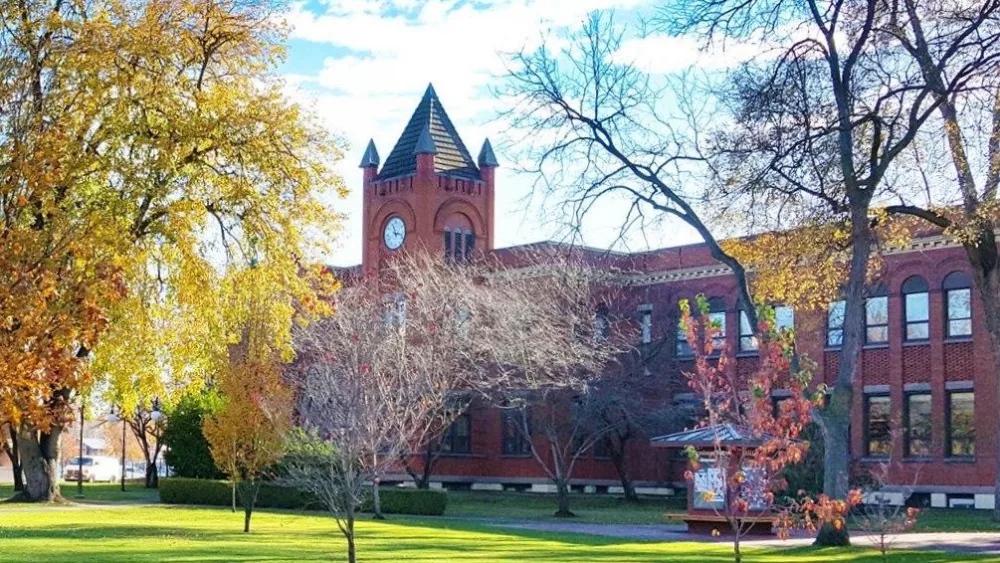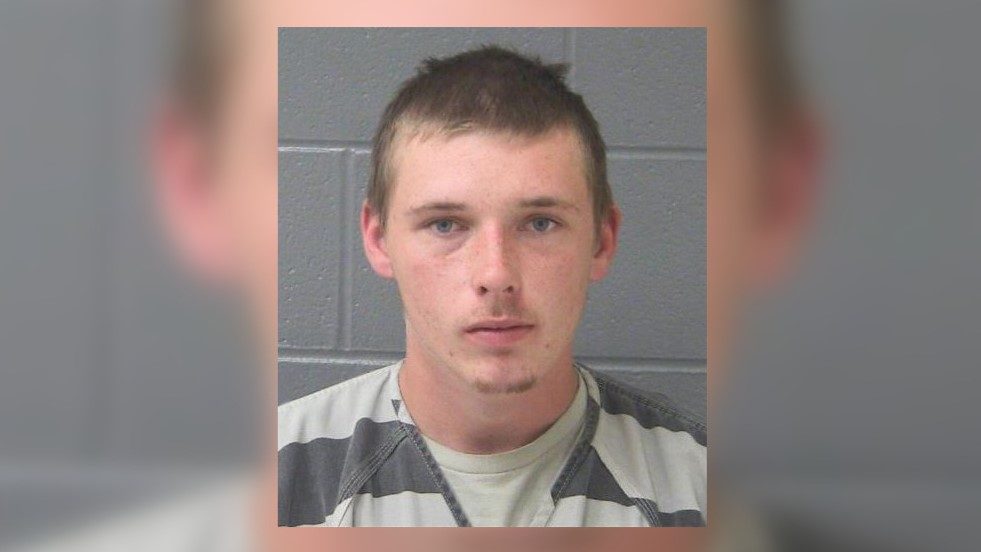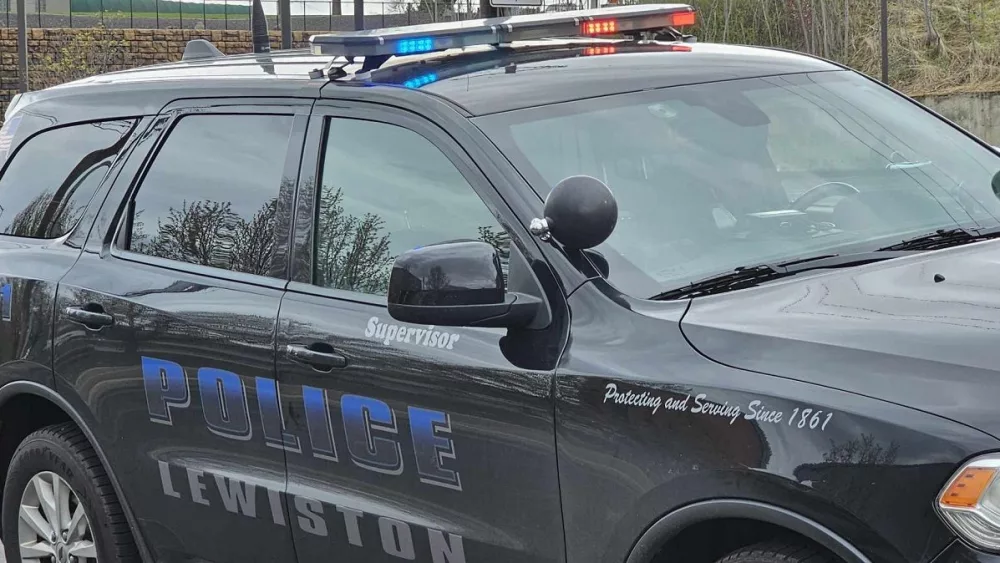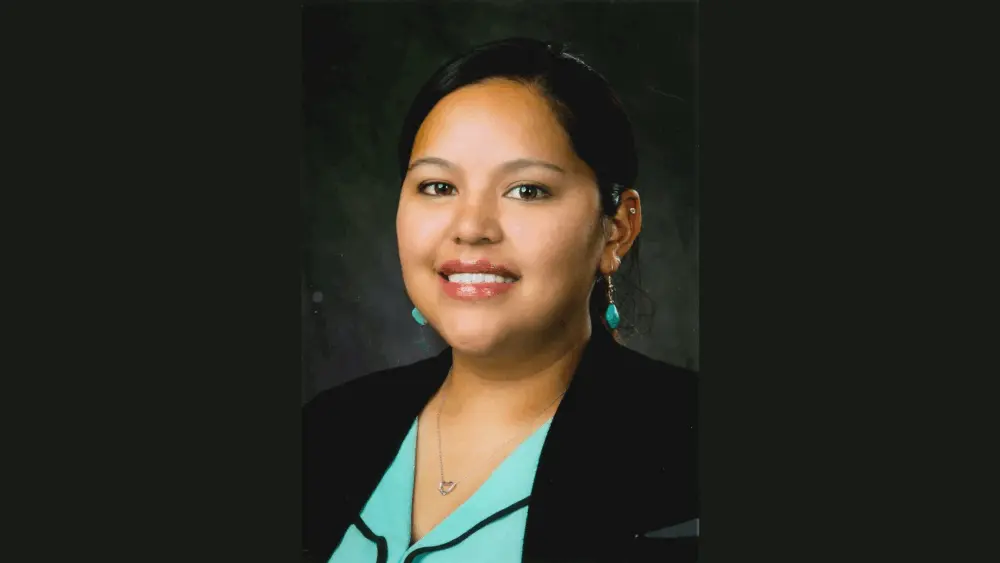Tens of thousands of Armenians have fled the disputed region of Nagorno-Karabakh in Azerbaijan, also called Artsakh by Armenians. Many settled in Yerevan, the capital of Armenia, less than 200 miles west.
“Interviewing forcibly displaced residents of Artsakh and letting the world know about their stories is essential for journalism and politics,” said Cole Quinn, a WSU senior studying broadcast production who went on the trip. “A lot of people, I feel, are not aware of the war in Artsakh and the atrocities surrounding it.”
Joining Quinn on the weeklong expedition were Maggie Tolleson and Morgen White, both senior broadcast news majors, and Jasper Willson, a senior multimedia journalism major.
“There are very few undergraduate opportunities to experience journalism in an international setting, and this opportunity will shape the way I look at journalism for the rest of my career,” Willson said.
The students traveled to Yerevan as part of the Murrow College’s Backpack Journalism program, a competitive, donor-funded international reporting expedition that takes place annually over spring break. The scholarship program is free for students, who attempt to publish their work when they return. Past programs have traveled to Kenya, Serbia, Nepal, Argentina, Puerto Rico, and elsewhere.
“The Backpack Journalism program offers a tremendous benefit to the Murrow College students who participate,” said Dean Bruce Pinkleton. “It provides them with a global worldview and allows them to develop in important ways as journalists and is a unique and critical part of the hands-on experience Murrow College students are able to receive.”

The students were hosted by the American University in Armenia. That institution has partnered with the Murrow College’s International Journalism Lab to build a Center for Excellence in Journalism in Yerevan, which includes the launch of a master’s degree. The project is one of several State Department-funded partnerships being led by the lab’s director, Lawrence Pintak, founding dean of the Murrow College and a veteran international correspondent and media development expert. Four faculty from another Murrow partner, the University of Novi Sad in Serbia, will visit Pullman in early April to attend the Murrow Symposium.
While in Yerevan, the students interviewed representatives of aid agencies including the U.N. High Commissioner for Refugees and Action Against Hunger. The latter invited them to attend an event in which aid workers assisted refugees in finding jobs and connected them with other resources. Students interviewed several refugees with assistance from Armenian journalist Sona Nersesyan, who acted as guide and translator throughout the week.
“When we went to interview Artsakh people, we were constantly warned that they might not want to talk,” White said. However, multiple people wanted to speak to the students. “Seeing many stand up wanting to tell us their stories…was a reminder of how important it is for us to listen to them,” she said.
Murrow College Assistant Professor Alison Boggs, director of the Backpack Journalism program, mentored the students throughout the program, beginning with weekly meetings in January and continuing throughout their stay in Yerevan.

“These students worked morning to night, pushing through jet lag, always seeking more footage and more interviews. At night, they edited photos and combed through interviews, trying to make sense of their material,” Boggs said. “In addition, they formed a cohesive team, helping and supporting each other.”
Students also interviewed journalists covering the conflict, including at independent media outlet the EVN Report, and Lika Zakaryan, a journalist, author, and filmmaker whose writing became the basis for the documentary “Invisible Republic.”
Willson intends to produce a documentary-style video about journalists covering conflict. White is developing a podcast drawn from interviews with refugees and aid agencies. Tolleson is preparing a broadcast news package on the collaboration between WSU and the American University of Armenia, which is part of the international journalism lab. And Quinn, an award-winning photojournalist, plans to publish photo stories about the journey.
While in Yerevan, students and WSU faculty members Boggs and Associate Professor Lisa Waananen Jones met with Armenian students and faculty to compare the experiences of journalists in both countries. Waananen Jones and Boggs also conducted workshops with Armenian journalists, students and faculty members at the American University during the week, on topics including data visualization, multi-platform reporting and descriptive writing.
Students also reported lighter feature stories and documented their journey at “bpjarmenia” on Instagram and on the Murrow College’s account on X (formerly Twitter).
“This trip made me think deeply about reporting difficult subjects,” Tolleson said. “After hearing the struggles that journalists faced while reporting on conflict, the way I think about reporting has completely changed. I have so much empathy and care for journalists who are reporting on their own conflicts, and as an outsider coming into a situation, I am much more aware of how I can have better understanding for the people I am reporting on.”




